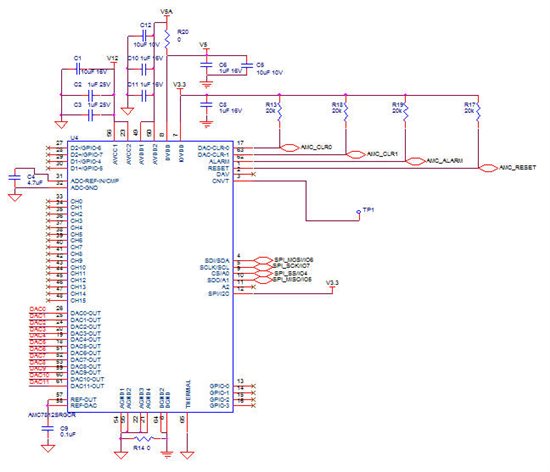Hi,
I was trying to debug our AMC7812 board to make it work, I can read the Device ID correctly, so I think the SPI communication is good, but when I tried to write my settings to AMC7812's registers, most of them failed, below is a list of my running result:
*****************************************************************************************
SPI sent data: a003c00, 3c to a
SPI get 3c from a
SPI sent data: b000700, 7 to b
SPI get 7 from b
SPI sent data: 4c060000, 600 to 4c
SPI get 2040 from 4c
SPI sent data: 4d037000, 370 to 4d
SPI get 70 from 4d
SPI sent data: 4e060000, 600 to 4e
SPI get 0 from 4e
SPI sent data: 53020400, 204 to 53
SPI get 4 from 53
SPI sent data: 54ffff00, ffff to 54
SPI get 0 from 54
SPI sent data: 580fff00, fff to 58
SPI get 0 from 58
SPI sent data: 590fff00, fff to 59
SPI get 0 from 59
SPI sent data: 6202f800, 2f8 to 62
SPI get 7ff from 62
SPI sent data: 63ff1000, ff10 to 63
SPI get 800 from 63
SPI sent data: 6bffff00, ffff to 6b
SPI get 0 from 6b
SPI get 18 from 4f
*************************************************************
As you can see, almost all read results are different from the write values, except some SPI default values.
I have no idea how could this happen, please help.
Note: the last row of list shows 4f address have a value of 0x18, which means the status register have D1-FAIL-ALR and D2-FAIL-ALR(because we don't have these 2 temperature sensors on our board), could this be the reason it can't work properly?
Zhu


